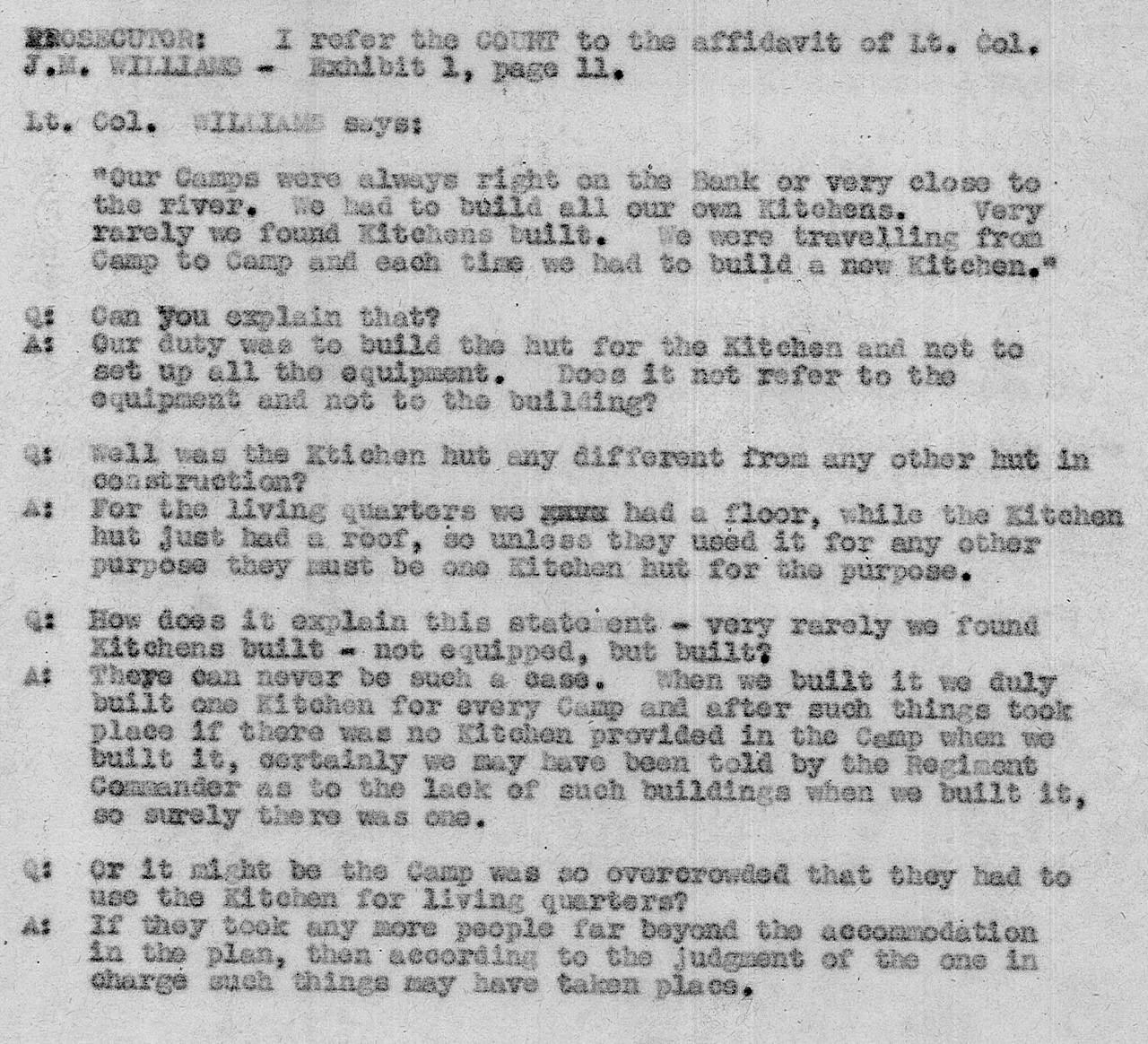
Java Party No. 3 & 4 Black & Williams Forces
Today the capital city of Java is known as Jakarta. In 1942 it was known as Batavia.
Twenty six parties left Java between September 1942 and January 1945. There were nearly 40,000 POWs on Java most of whom were Netherlands East Indies troops. Also British troops and of course the British and Australians who had deserted Singapore as well as though who escaped having been caught behind Japanese front lines plus those who escaped during capitulation. Of this number there were about 10,000 AIF troops from 1st Australian Corps and the 8th Division as well as survivors of ‘Perth’ and some Americans mostly from the sunken ‘Houston’.
Also taken POWs of Japan, were the 90 or so men of 2/4th MGB who had gone AWOL from ‘Aquitania’ when it anchored overnight 15 January 1942 to pick up supplies and reinforcements on its journey to Singapore. This group of soldiers had been unable to re-board their ship – Please read the story.
They were taken POWs of Japan when Java capitulated about 8 March 1942. They were imprisoned in various camps depending on where they were captured, however ultimately were moved to Bicycle Camp prior to departing Java with work parties.
Of the 3,500 Australians who left Java – almost all were sent to work on Burma -Thai Railway – either the Burma or Thailand ends of the rail link. Those who remained behind were more often than not sick with one or more tropical illnesses.
The Australian doctors who accompanied these Forces included Albert Coates and Rowley Richards. Rowley Richards remained with Williams No. 1 Mobile Force, and from Thailand was sent to French Indo-China with ‘Rakuyo Maru’ Party, back to Singapore before sailing to Japan. The convoy the ‘Rakuyo Maru’ sailed with was attacked by American submarines on 12 September 1944 and sunk 12 hours later in South China Sea.
Miraculously Richards was picked up by a Japanese warship three days after the sinking and taken to Japan. On the ‘Rakuyo’ Maru were 1300 British and Australians POWs, most of whom perished. Some very lucky 153 POWs were rescued four days later by the same American Submarines which had days earlier, attacked the convoy.
Please read further about ‘Rakuyo’ Maru story
JAVA PARTY NO. 3
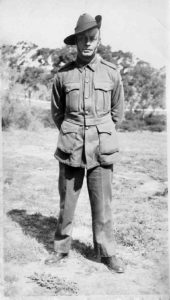
Was under the command of Lt. C.J. Mitchell from 2/2 Pioneer Battalion – included Walter Watkins from 2/4th MGB.
Right: Wally Watkins
JAVA PARTY NO. 4 (about 33 men survived, 10 died, 1 remained Singapore, one sent to Sandakan where he died)
Was under the command of Lt. Col J.M. Williams. This Party departed Tanjong Priok 8 October 1942 on ‘Kimmon Maru’ for Singapore where they disembarked 12 October 1942.
At Changi Java Party No. 4 was reunited with Java Party No. 3 who had reached Singapore a few days earlier.
Two days later Java Parties 3 and 4 departed Singapore having boarded ‘Maebashi Maru ‘ to Rangoon, Burma arriving on 23 October 1942. They were transhipped to a smaller vessel called ‘Yamagata Maru’ which took the men up the Salaween River in Burma to Moulmein. They arrived late on 24 October and were accommodated overnight in the local gaol.
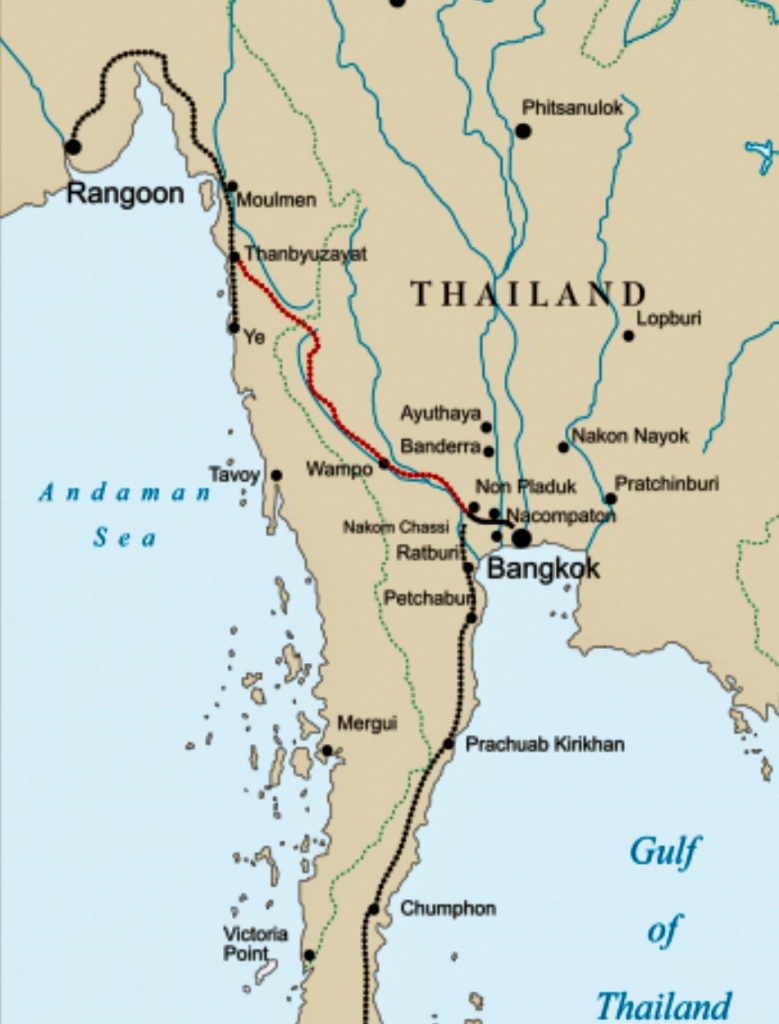
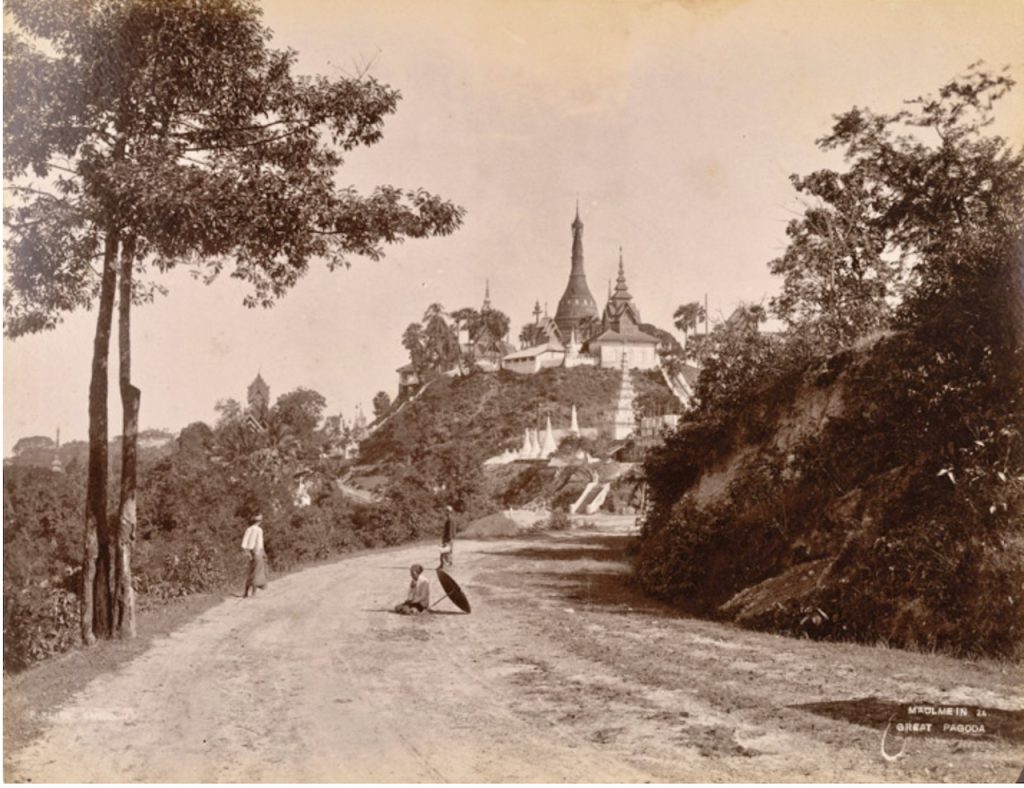
Above and Below Moulmein.
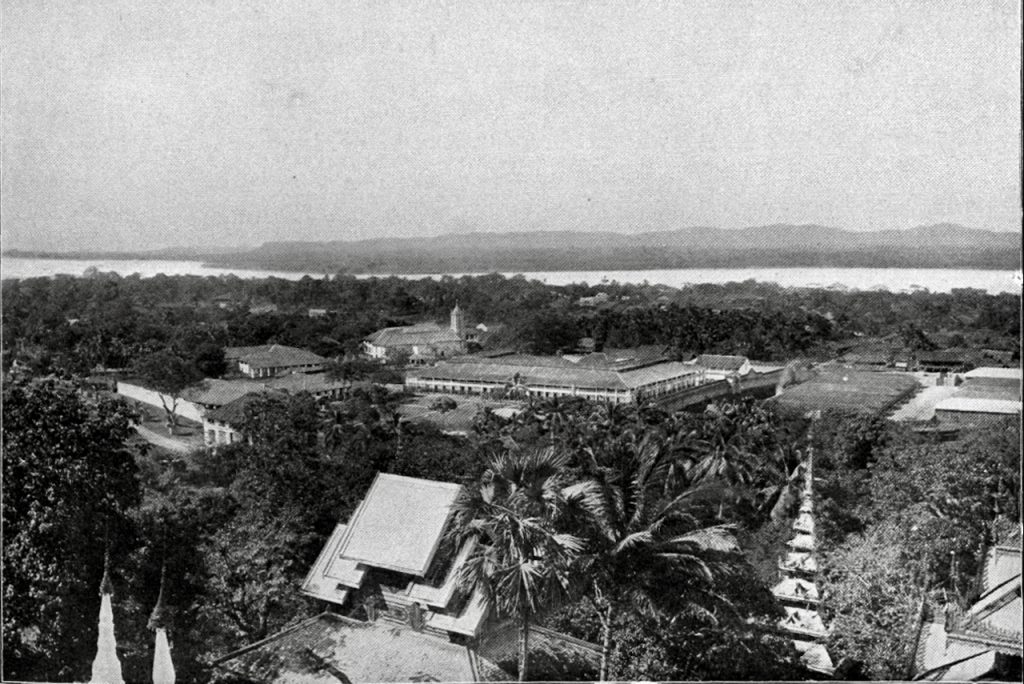
It was at Moulmein Java Party No. 4 was organised into 2 groups, Black and Williams Force. There were approximately 43 men from 2/4th with Williams Force (and about 6 men with Black Force, including William ‘Bill’ Gregory).
JAVA PARTY NO 4 WILLIAMS FORCE WILLIAMS FORCE:
WX1138 WILLIAMS, Alfred George – C Coy HQ ‘Blackforce” Java Party No. 4 Williams Force
W9827 STRIBLING, REGINALD HAROLD ‘C’ COY ‘Blackforce’ JAVA PARTY NO. 4 WILLIAMS FORCE
WX9419 STEELE, HAROLD WILLIAM ‘C’ COY HQ ‘Blackforce’ JAVA PARTY NO. 4 WILLIAMS FORCE
WX7893 SMITH, JAMES STANLEY ‘C’ COY ‘Blackforce’ JAVA PARTY NO. 4 WILLIAMS FORCE
WX16424 SING, ALFRED ‘A’ COY ‘Blackforce’ attached 2/2nd Pioneers JAVA PARTY NO. 4 WILLIAMS FORCE & RAKUYO MARU PARTY – RECOVERED
WX16427 ROBERTSON, DONALD CHARLES ‘B’ Coy ‘Blackforce’ JAVA PARTY NO. 4 WILLIAMS FORCE
WX9563 RANDALL, JOHN 88TH LAD ‘Blackforce’ attached 2/2nd Pioneers JAVA PARTY NO. 4 WILLIAMS FORCE AWA MARU PARTY **REMAINED SINGAPORE SICK ***
WX16417 NINYETTE, SAMUEL ‘D’ COY ‘Blackforce’ JAVA PARTY NO. 4 WILLIAMS FORCE
WX5536 MURDOCH, JAMES LEWIS ‘D’ Coy ‘Blackforce’ JAVA PARTY NO. 4 WILLIAMS FORCE
WX15746 MORRISON, ARTHUR EDWARD ‘D’ COY ‘Blackforce’ attached 2/2nd Pioneers captured Garoet 9 March 42 JAVA PARTY NO. 4 WILLIAMS FORCE
WX90826 MILLAR, HUBERT JAMES ‘C’ Coy ‘Blackforce’ Attached 2/2nd Pioneers JAVA PARTY NO. 4 WILLIAMS FORCE
WX9825 MCLOUGHLIN, CHARLES PETER ‘C’ Coy ‘Blackforce’ JAVA PARTY NO. 4 WILLIAMS FORCE
WX13285 MAUDE, JACK ‘A’ COY ‘Blackforce’ JAVA PARTY NO. 4 WILLIAMS FORCE- AWA MARU PARTY TO JAPAN – RTA
WX16341 MARTIN, SAMUEL THOMAS HQ COY ‘Blackforce’ JAVA PARTY NO. 4 WILLIAMS FORCE
WX11316 LEWIS, LAURENCE HAROLD ‘D’ Coy ‘Blackforce’ JAVA PARTY NO. 4 WILLIAMS FORCE
WX8336 KUHL, FRIEDRICH GODFRIED BTN HQ ‘Blackforce’ JAVA PARTY NO. 4 WILLIAMS FORCE
WX8695 HARRIS, WILLIAM DENNIS BTN HQ ‘Blackforce’ attached 2/2nd Pioneers JAVA PARTY NO 4 WILLIAMS FORCE
WX15736 HANSEN, ROBERT ‘D’ COY ‘Blackforce’ JAVA PARTY NO. 4 WILLIAMS FORCE
WX7123 HAMPSON, ROBERT DOUGLAS ‘A’ COY ‘Blackforce’ JAVA PARTY NO. 4 WILLIAMS FORCE***RAKUYO MARU – RESCUED USS BARB***
WX6975 HAM, REGINALD JOHN ‘D’ Coy ‘Blackforce’ JAVA PARTY NO. 4 WILLIAMS FORCE
WX8625 GREGORY, WILLIAM RICE ‘A’ Coy JAVA PARTY NO. 4 ******* BLACK FORCE************
WX6980 GOLDEN, PERCY A Coy ‘Blackforce’ JAVA PARTY NO. 4 WILLIAMS FORCE
WX7595 GLASS, GEORGE Btn HQ ‘Blackforce’ JAVA PARTY NO. 4 WILLIAMS FORCE
WX15422 FROST, BASIL MELVILLE HQ Coy ‘Blackforce’ JAVA PARTY NO. 4 WILLIAMS FORCE
WX9199 FARMER, ARTHUR ERNEST ‘A’ Coy ‘Blackforce’ JAVA PARTY NO. 4 WILLIAMS FORCE
WX7299 DOYLE, THOMAS FRANCIS ‘D’ COY ‘Blackforce’ JAVA PARTY NO. 4 WILLIAMS FORCE
WX9310 DICKSON, ANDREW ALFRED ‘A’ Coy ‘Blackforce’ JAVA PARTY NO. 4 WILLIAMS PARTY
WX16369 COCKING, ALFRED JOHN ‘B’ Coy ‘Blackforce’ attached 2/2nd Pioneers – RAKUYO MARU – RESCUED PAMPANITO
WX7600 BOUSFIELD GEORGE REGINALD ‘D’ COY ‘Blackforce’ JAVA PARTY NO 4 WILLIAMS FORCE
WX10322 BLAKEWAY, COLIN LT ESCORT OFFICER FREMANTLE TO JAVA ‘Blackforce’ attached ‘C’ Coy 2/3rd MGB – JAVA PARTY NO 4 WILLIAMS FORCE
WX6970 BARNES, ALFRED JOHN ‘A’ Coy HQ ‘Blackforce’ attached 2/2 Pioneers JAVA PARTY NO 4 WILLIAMS FORCE
WX7164 BARKER, FREDERICK ‘C’ Coy ‘Blackforce’ *****JAVA PARTY NO 4 BLACK FORCE*****
WX9367 BAKER, JOHN ROBERT ‘A’ Coy ‘Blackforce’. JAVA PARTY NO 4 ******BLACK FORCE*****
Deaths: (10 men died plus Thomas Green who was sent to Kutching, died Sandakan)
WX7905 ANNESLEY, FREDERICK JOHN HQ Coy ‘Blackforce’ – JAVA PARTY NO. 4 *****Black Force*****RAKUYO MARU PARTY – LOST SOUTH CHINA SEA
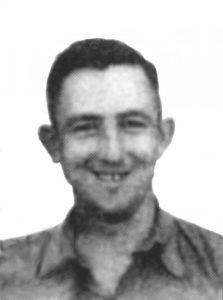
WX8682 BAKER, WLLIAM ROBERT SAMUEL ‘B’ Coy ‘Blackforce’ attached to 2/3RD MGB -Java Pary No 4 BLACK FORCE – RAKUYO MARU PARTY-LOST AT SEA

WX8855 DAVIES, DAVID JOHN HQ Coy. ‘Blackforce’ JAVA PARTY NO. 4 WILLIAMS FORCE. EVACUATED to DIED ILLNESS TAMARKAN 10 JUL 1944.
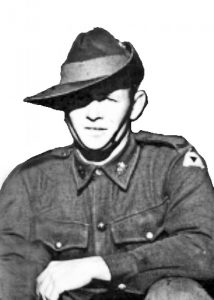
WX8830 DRUMMOND, ALEXANDER MCDOUGAL DONALD B Coy HQ. ‘Blackforce’JAVA PARTY NO. 4 WILLIAMS FORCE. ‘RAKUYO’ MARU PARTY TO JAPAN. LOST AT SEA
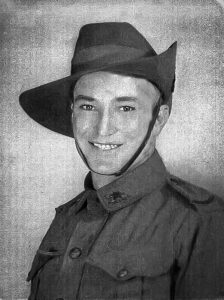
WX7569 FOXALL, STUART EDWARD ‘C’ Coy. ‘Blackforce’ JAVA PARTY NO. 4 WILLIAMS FORCE. Died Cholera Beke Taung hospital camp 7/7/43.
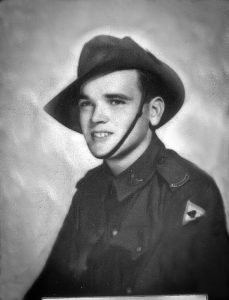
WX92370 FURY, THOMAS JOSEPH ‘A’ Coy. ‘Blackforce’ JAVA PARTY NO. 4 WILLIAMS FORCE. Killed allied air raid THANBUZAYAT 15/6/44.
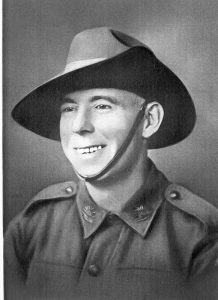
WX8540 GREEN, THOMAS WILLIAM HQ Coy. ‘Blackforce’ JAVA PARTY NO. 4 BLACK FORCE.TRANSPORTED TO KUCHING, E FORCE SANDAKAN. DIED SANDAKAN

WX8408 HAYES, ALBERT GEORGE HQ Coy. ‘Blackforce’ JAVA PARTY NO. 4 WILLIAM FORCE. ‘RAKUYO’ MARU to Japan. Lost at sea.

WX7465 HOLDMAN, NORMAN PHILLIP HQ Coy. ‘Blackforce’ attached ‘A’ Coy 2/3rd MGB. JAVA PARTY NO 4 WILLIAMS FORCE. Killed air raid Bangkok go downs 27 March 1945
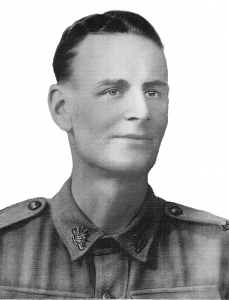
WX10795 HUGHES, RONALD EDWARD ‘A’ Coy. ‘Blackforce’ attached 2/2nd Pioneers.JAVA PARTY NO. 4 WILLIAMS FORCE.RAKUYO MARU PARTY TO JAPAN. LOST AT SEA
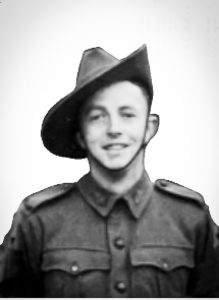
WX5118 JENKINS, JAMES MORGAN ‘C’ Coy. ‘Blackforce’ JAVA PARTY NO 4 WILLIAM FORCE. DIED ILLNESS THANBY 11/11 42.
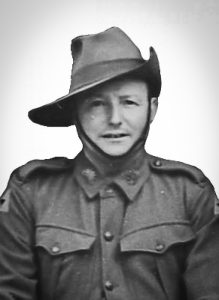
Those who remained Java:
WX10343 BANKS, NOEL EDWIN ‘C’ Coy HQ ‘Blackforce ‘ attached 2/2nd Pioneers*****Sent to Sumatra*****
WX8766 BOOTH, HAROLD VERNON B Coy ‘Blackforce’ JAVA PARTY NO 22 *****SUMATRA – DIED 1945 PAKAN BAROE RAILWAY
WX10365 CALDWELL, MAURICE WILLIAM Btn HQ ‘Blackforce’ *****REMAINED JAVA********
WX9551 CARROLL, FRANK VINCENT ‘C’ Coy ‘Blackforce’ *****REMAINED JAVA*****
WX5132 FISHER, GEORGE ‘C’ Coy ‘Blackforce’ *******Remained Java***************
WX107612 WATTERS, TOM MURRAY ‘Blackforce’ *****REMAINED JAVA*****
Those who evacuated and/or remained Singapore:
WX7333 BURNS, ARTHUR JOHN ‘B’ COY*****EVACUATED SICK TO CEYLON from JAVA. RETURNED TO AUSTRALIA*****
WX6155 BYRNE, LEO PATRICK ‘C’ Coy ‘Blackforce’ attached 2/3rd MGB Admitted hospital 18/2/42 to 25/2/42 *****Embarked ‘Wuseh’ to Columbo. Then Melbourne, Perth 1942*****
WX7285 LOVE, HARRIE ROBERT A Coy JAVA PARTY NO. 4. ** BLACK FORCE** ***********REMAINED SINGAPORE DID NOT CONTINUE TO RAILWAY**
On morning of 26 October the two Forces marched 2 miles to South Moulmein railway station for their 40 mile train journey to Thanbyuzayat POW Camp and Japanese HQ at that time.
The following day, Williams Force was transferred to Tanyin Camp, 35 km from Thanbyuzayat. The Force then moved to Anakwin 45 km and remained from 24 April to 13 May 1943. From this point onwards, when they left Anankwin 45 km on 13 May 1943 the Japanese did not permit movement from one camp to the next during working hours so as not to interfere with railway construction work!
They worked all day, went back to camp, packed their meagre belongings and exhausted, began their march during the night to next camp.
Williams Force was thankfully moved by rail motor to Taungzun 57km Camp on 13 May 1943.
Here, Williams and Anderson Forces became No. 1 Mobile Force.
The task of No. 1 Mobile Force now consisted of serious railway construction involving sleeper laying, ballasting and rail laying gangs; physically demanding and long hours of slave labour. This construction force kept apace of the ever forward thrust of the rail link towards the Thai border.
Included in No. 1 Mobile Force was the experienced engineering unit of 2/2nd, who had sailed from the Middle East to Java. The Japanese couldn’t believe their luck!
They were constantly on the move with the worsening weather (wet season), unreliable food supplies, little or no medical supplies/medicines and difficult jungle conditions.
On 13 July 1943 Williams No. 1 Mobile Force moved by rail and marched to Mezali 72 km Camp. Here they remained until 1 September 1943. Next it was to Apalon 77km camp from 1 September to 11 September 1943.
On 11 September the men marched during the day to Kyondaw 85 km, with the numbers of sick being transported by rail.
On 17 September No. 1 Mobile Force left Kyondaw for a night march to Payathonzu 108km Camp. They were now 108 km from Thanbyuzayat and not far from Three Pagoda Pass and the border of Burma and Thailand.
Every day was the same.
Walk to the railway, work and walk back moving or dragging one foot after the after.
One miserly small meal of watery rice, with weevils if lucky.
About every 10 kilometres the men would move camp.
The food and conditions were the same – terrible.
Punishment and Japanese brutality was an every day event.
The sick would mostly remain behind with others to look after them, or be evacuated to so-called ‘hospital’ camps were there were no medicines for the tropical illnesses they suffered from. Malaria, beri beri, dysentery, avitaminosis, etc. and ulcers where hard-working and dedicated doctors such as Bruce Hunt and Albert Coates performed amputations, which often resulting in death due to the general poor health of the men lack of medicines and equipment.
No. 1 Mobile Force arrived Kami Sonkurai 116km Camp, Thailand on 21 September and remained just four days working. The native coolie cholera camp was adjacent to the POWs huts, both situated on the slope of a hill. The Burmese coolies occupied huts on top of the hill and with the consistent rainy season food and excreta was washed down the side of the hill through the lines. The camp was located a distance from the railway line which ran around the base of the hill on which the camp was situated.
After this, all camp moves for No. 1 Mobile men were made during the monsoon season. Work camps were often awash with mud and atap roofs and tents leaked rain onto the men nightly. They would go to sleep wet and wake up wet.
Kami Sonkarai was the worst camp occupied by any forces from Burma. At the nearby ‘F’ Force camp at Changaraya, the British had 200 men die of cholera (they had to share accommodation with 500 Burmese coolies).
122 Camp 25.9.43 to 26.12.43
122 Camp was in the vicinity of Sonkurai No. 2 Camp. It was here the 600 Bridge had been constructed by the British of ‘F’ Force. It was to the great cost of lives. No.1 Mobile Force marched from Kami Sonkurai 116km to 122km Camp with 80 sick men and baggage transported by rail motor. Fortunately this was a better camp than 116km, but overcrowded as was 116.
At least here the camp was not awash with mud, but there were no palm leaves for roofs on the huts . The men had little protection from rain and weather.
Williams No. 1 Mobile Force worked as far south as Neikhe Camp in Thailand. They were forever on the move up and down the line and constantly pushed.
Nikhe-Nikhe 131 Wood Camp 26.12.43 to 11.1.1944
Located high in the ranges this camp was cold at night. The camp was a day’s march from 122 Camp. The sick were carried on stretchers and later that day transferred to 281.80 Nikhe Camp. On 11th and 12th January the sick were moved by train over a period of 24 hours to Kanchanaburi, Thailand. Some died on the journey. Those who survived were then marched 5km back to Tamarkan Base Hospital Camp No. 2!
Nikhe-Nikhe Wood Camp was near a series of small hills. Rail laying was suspended whilst cuttings were excavated. Once completed the rail laying gangs recommenced their work on 13 October 1943.
Nikhe 133 km Camp 11.1.44 to 25.1.44
Located just north of Nikhe Old HQ for Japanese Camp at 276 km point, this camp was last on the rail link for Williams No. 1 Mobile Force.
The two ends of the railway had been joined on 17th October 1943 at Upper Konkoita-Lower Teimonta at the 262.87 km point.
On 25 January 1944 the Force moved north back to the border to Changaraya 303.95km Camp (113.97 km from Burma end). About ten days later the Force was moved back to Aungganung 105 Camp. It was here No. 1 Mobile Force met up with the remnants of Australian work groups still in Burma.
Augganaung 105km Camp, Burma 5.2.44 to 25.3.44
It was during March 1944 at this camp that the fittest POWs were being selected to work in Japan. Those selected were sent to Tamarkan, Thailand which had become a collection centre.
At about this time Williams No. 1 Mobile Force like so many Forces was about to commence the move south into Thailand. On 22 March 105km Camp, Burma was machine gunned by two B24 Liberator bombers. This resulted in the remainder of the men being evacuated 2 days later heading to Kanchanaburi.
Following ‘Speedo’ those POWs sufficiently well were assembled at four large work Camps in Thailand. The sick who were deemed to survive were also sent down the line to hospitals. The very sick remained at the hospital camps in Burma, cared for by doctors and very dedicated orderlies until they died.
‘We should note that in all Australian camps on the Burma end of the Railway, Officers accompanied the men on work parties and actively intervened to protect the men from punishment, often taking the bashing themselves. This was very much the rule in Williams and Anderson Forces where the Officers had won the respect of the men in action in Syria, Java & Malaya, Col Anderson won his Victoria Cross in the Malaya fighting.’
(Unfortunately this was not the case in the Thailand work camps where it was very much officers in their camp sometimes with little interest or interaction with with their men. In too many cases officers took minimal responsibility to ‘lighten’ the load their men were forced to endure such as collecting food supplies at the end of a long working day on the rail, sometimes as long as 12 hours – under these circumstances surely the Officers could have collected to food.
Please read about Black & Williams Forces
Below: Williams at the War Trials
